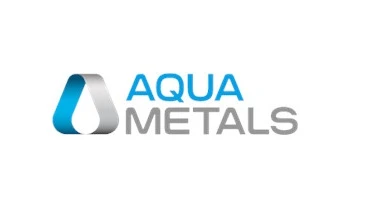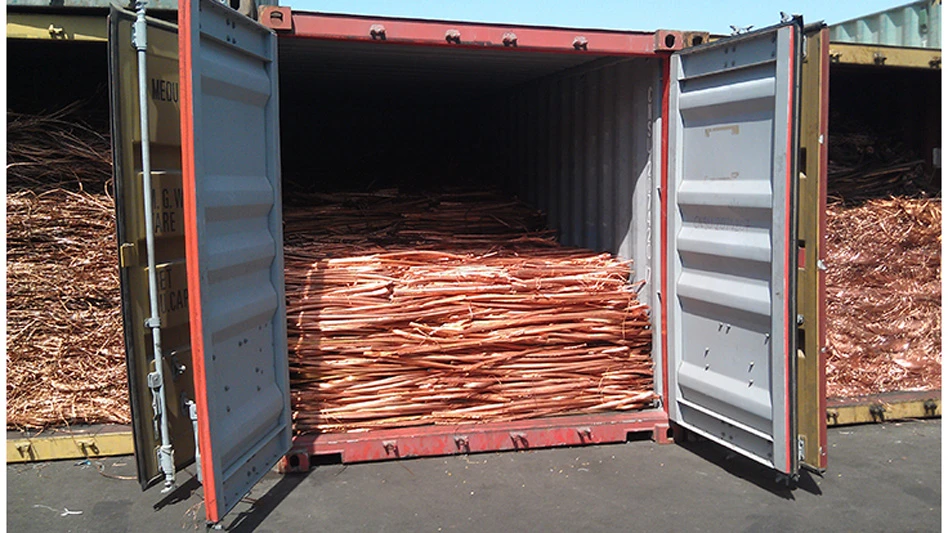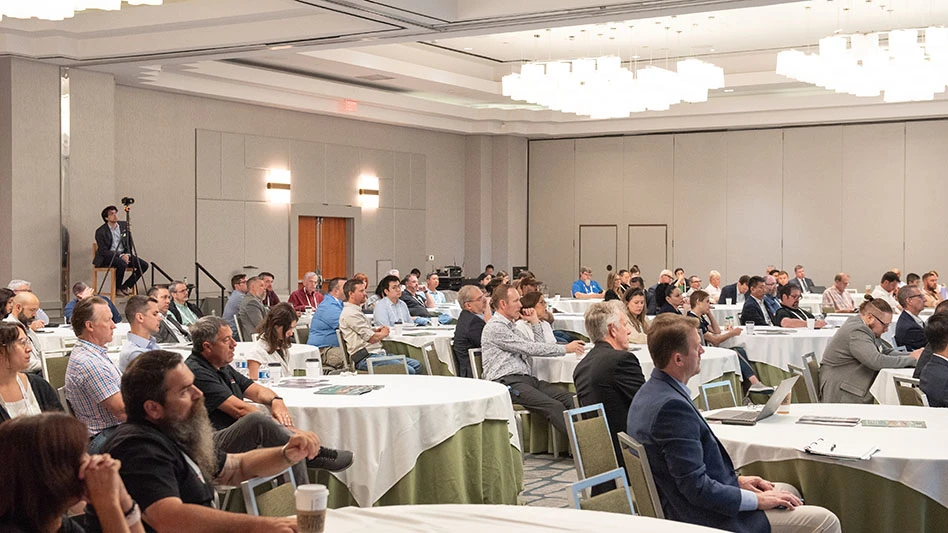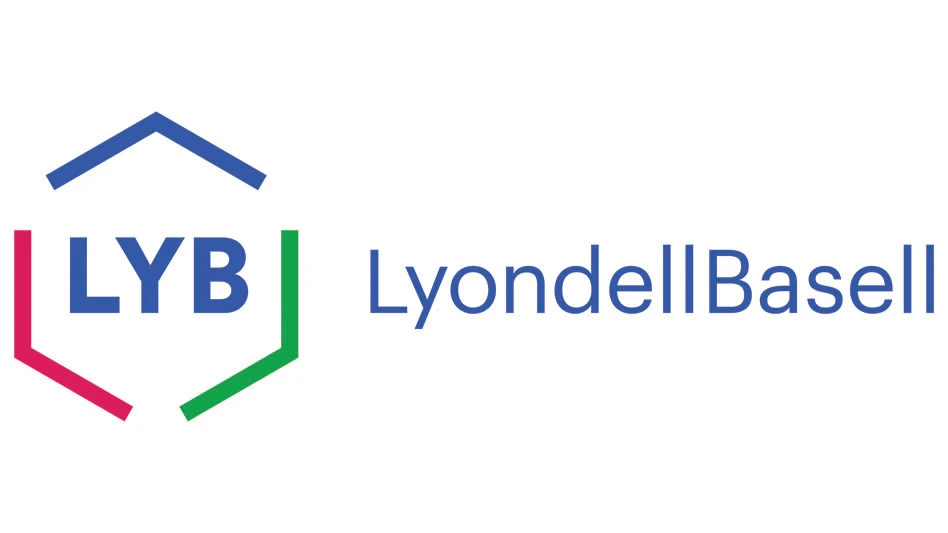What is a large natural aggregate company such as Hanson PLC doing in the highly competitive Southern California concrete/asphalt recycling business? Competing quite nicely, thank you.
Hanson PLC, London, is one of the world’s largest producers of natural aggregates, ready-mix concrete and hot-mix asphalt. It has been aggressive in recent years in purchasing companies worldwide in those related fields. One of its pick ups 10 years ago was the California aggregate, ready-mix and asphalt holdings of Beazer, which included Blue Diamond Materials. Blue Diamond has been a recycling entity for nearly 30 years, first as part of Koppers, then Beazer and now Hanson. A few years ago Hanson spun off some of the assets from the Beazer purchase, including the Los Angeles hot-mix plants, but hung on to the concrete/recycling operations. Why?
"Recycling is a good fit for the company for many reasons," says Michael Rogers, Recycling Operations Manager. First, the company’s five portable plants (there is also one stationary in Ventura County) can also help out in one of the company’s quarries. The plants have been used to process recycled asphalt pavement (RAP) at Hanson’s asphalt operations in San Diego. Those same machines recycle leftover and washout concrete from the company’s ready-mix concrete plants. And there is the public relations value recycling brings.
But the biggest reason is Hanson’s recycling department makes money. Otherwise they wouldn’t be doing it, says Dave Hummel, president of Hanson’s Pacific West Division, of which the California recycling arm is a part. Indeed, he says that globally, Hanson will expand its recycling efforts. Company executives from other parts of the world visit the Southern California recycling operations to take back to their areas ideas of how to successfully recycle concrete and asphalt.
"Recycling makes sense," Hummel says. "You are creating an aggregate source closer to the market. And you are complementing the virgin aggregate by providing a full product line for the customer."
HOT COMPETITION
Hanson Aggregates produces about 1.5 million tons per year (TPY) of recycled material for the Southern California aggregate market. That market is estimated to be about 60 million TPY, with probably 10 million to 12 million of that being made up of recycled aggregates. It is a tightly contested market, with several long-time veteran recyclers such as the Hanson unit going toe to toe with new faces every year.
"A lot of people are getting into concrete and asphalt recycling, and sometimes we don’t understand why they are," Rogers says. "It can make sense for a demolition contractor, because he can usually keep the crusher busy. They might find out later crushing is not that easy and it can be expensive, especially if it is not your main business. But the Southern California market is saturated with crushers, and this is amazing when you consider crushing prices are not that high. In fact, they are about the same as 15 years ago. What has gone up is the mobilization fee as trucking costs have skyrocketed."
So why has Hanson been so successful at it all these years? The formula is pretty simple. Although there was some success years ago in adding small amounts of porcelain products to its road base product, the focus is on concrete and asphalt recycling only. The majority of the six crushing spreads are older and have run well for a long time, keeping costs down. Recycling efforts are divided between custom crushing, often for competitors to its asphalt and concrete operations, and servicing the company’s 13 recycling yards—eight in Los Angeles and Orange counties, one in Ventura County, and the rest in and around San Diego.
Gabe Adnoff, recycled materials sales supervisor, says the only products manufactured are either a mostly concrete road base product made to meet either a CalTrans or local municipality spec, or RAP processed usually to 1/2 inch, sometimes 5/8.
"CalTrans likes the road base product very well for freeway work," he says. "The contractor leaves a pile of concrete by the side of the road, and we come in and process it to create a Class II Miscellaneous Base to their spec on the project."
GETTING THE JOB DONE
The crushers Hanson uses are admittedly not always the newest machines, but the systems have served the company well. All have two-stage crushing with inclined or horizontal screens for product manufacture. The primary crushers are all jaws, with two being Pioneer’s 2854 model, and the others from Nordberg (now known as Metso)—two 3040s and two 3042s. The Nordberg systems are the newer purchases. The secondary crushers are all from Nordberg, and are divided between four cones and two horizontal impactors.
Hanson usually uses three people on each plant—a loader operator, a plant operator, and a foreman on the ground to help out. Sometimes a fourth laborer is used to help pick.
Rogers says the company’s plants take 1-1/2 to four days to tear down, travel, and set up, depending on the distance traveled. The plants average about six loads each to as many as 11 loads. The amount of clean up on the plant can also add time.
Hanson now uses outside contractors to move the plants. "When you factor in the equipment cost, labor, maintenance, and other costs, it is better to leave it to the people whose main business is that.," says Rogers.
Most of what Hanson processes is a concrete and asphalt together to make a Crushed Miscellaneous Base. When Hanson processes RAP by itself for a hot mix plant, it does it with the two-stage crushers. "That’s just the way we are set up," Rogers says. "The jaw doesn’t do much work, except it breaks up the clumps as sometimes the RAP chunks up when it comes in hot and gets cold overnight. We usually use the impactor as the secondary on those jobs. but even using jaw/cone, it is profitable. Screening is the most important aspect of recycling RAP, anyway."
A lot of concrete is recycled as well, especially for making CalTrans approved road base. "Hanson is the second largest producer of ready-mix concrete in the world," Rogers says. "All batch plants, not just ours, used to throw away the leftover at the end of the day. A lot of it used to be disposed of in the sides of quarries or landfilled, but now our recycling centers take it in and it is handled in an environmentally sound manner."
AGGREGATES TRENDS
One of the changes in the local recycling industry Hanson has seen over the years is that, on 60/40 ratio, there is more concrete recycled than asphalt. It used to be the other way around. "Asphalt suppliers want the millings now," Rogers says. "Asphalt suppliers, including Hanson, use the grindings to produce new asphalt paving products. We have even seen where they will pay for the millings."
Gabe Adnoff says another factor is the large amount of asphalt grinding in place and the immediate reuse right there at the construction site. For these reasons, local market conditions dictate whether the yard is charging a tipping fee or not. The tipping fee is always lower than what the local landfill charges.
Another change is the difficulty of siting new recycling yards. Rogers says Hanson is "fortunate" to have the 13 they have, most of which they have had for several years. However, most of these are on leased sites, and recycling at those sites is not in the master plan of the local community. "We are always looking for new sites," he says. "When we find one, it might make a lot of sense for us, and it might make a lot of sense for the community and the ones surrounding it, but the cities won’t let the site start up. Yet they still want to use the recycled material and to be able to dump their solid waste. Fortunately, the message is finally getting out there that they can’t have it both ways."
One example of that is the cooperation Hanson has been receiving from the city of Huntington Beach. "They want our current site for an athletic field, but they are working with us on another site in their city," Rogers says.
Overall in Southern California, acceptance by highway engineers of recycled concrete and asphalt has been good. Resistance from some old-line highway engineers in a few cities stems from a mindset against change or a bad taste left by someone making an inferior product years ago and selling it to a city.
Adnoff says, "Private contractors would prefer recycled concrete and asphalt, because it costs about 40% less to do the same job. But the contractors have specs they have to go by, and if the city or engineer specing out the project is not allowing it, they won’t get it."
What Adnoff often finds is the contractor or city wants to see two bids, one for natural aggregate and one for recycled. As a company that supplies a full line of aggregate products, Hanson can do that. It also allows the recycling proponent at the customer to vividly show recycled’s cost advantages, both in material costs and in transportation costs.
It is an advantage that Adnoff sees extending into Southern California’s future. "Recycling is going to continue to grow. The lack of natural aggregate reserves, the difficulty in getting new mining permits, and the cost savings recycling presents over landfill tipping costs are going to drive it."
And it would be surprising if Hanson Aggregates recycling operations were not a part of that future.
The author is the associate publisher of C&D Recycler and can be contacted at turley@cdrecycling.org .

Explore the September 2001 Issue
Check out more from this issue and find your next story to read.
Latest from Recycling Today
- APR, RecyClass release partnership progress report
- Clearpoint Recycling, Enviroo sign PET supply contract
- Invista expanding ISCC Plus certification program
- Redwood partnership targets recycling of medium-format batteries
- Enfinite forms Hazardous & Specialty Waste Management Council
- Combined DRS, EPR legislation introduced in Rhode Island
- Eureka Recycling starts up newly upgraded MRF
- Reconomy Close the Gap campaign highlights need for circularity





